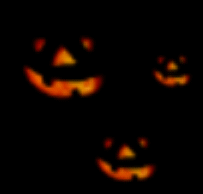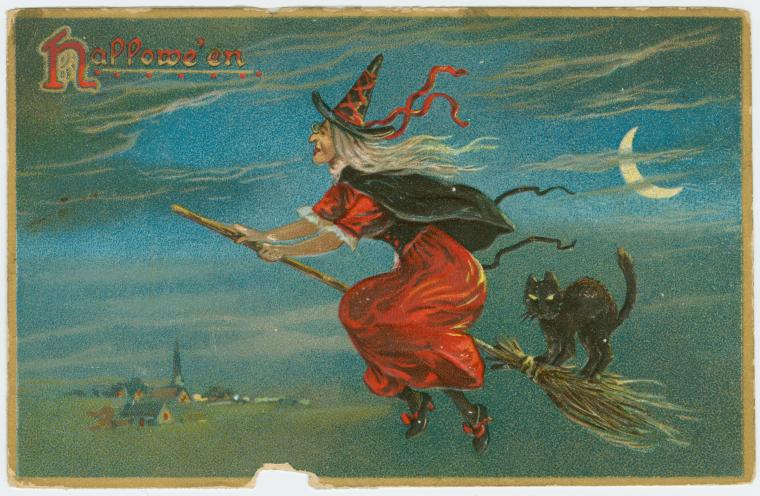 A PDF collection of traditional tunes related to Halloween, arranged with guitar chords and a basic harp (or keyboard) backup, that you can use as a basis for creating your own improvisations and arrangements.
A PDF collection of traditional tunes related to Halloween, arranged with guitar chords and a basic harp (or keyboard) backup, that you can use as a basis for creating your own improvisations and arrangements.
Tunes included in the collection:
Ghost of Bunglass
Grim King of the Ghosts
Hallow-Eeen
Halloween-2
Hallow'een Eve
Halloween
Hosier's Ghosts
Pumpkin Vine
Soul Cakes
A soul cake, also known as a soulmass-cake, is a small round cake which is traditionally made for All Hallows' Eve, All Saints' Day and All Souls' Day to commemorate the dead in the Christian tradition.
The Druid
The Druids Mountain (also known as "The Druid's Spell")
The Frost's On The Pumpkin
The Ghost Of Ballybrolly
The Ghost's Dance
The Haunted Castle
The Haunted House
The Haunted Tower
The Headless Body
The Pumpkin's Fancy
The Terror of Death
The Warlocks
The Witches' Coven
The Witches Hill
The Witches
Witches Song
Baltiorum
Baltiorum 2

Note about the tune name "Baltiorum": From the O’Neill book “Irish Folk Music”, 1910, pgs. 198-199:
“A very ancient Irish melody is ‘Baltiorum’, and oddly enough it is known only by versions of that name. While euphonious, it conveys no meaning to the reader, and it is commonly assumed that notwithstanding its Latin termination it signifies something in the Irish language. And so it does when understood. The first writer who undertakes to explain it is Edward Bunting. ‘Baal tigh abhoran’, usually called ‘Baltiorum,’ is a tune which might perhaps be assigned to the Pagan period, in as much as it is still customarily sung at the bonfires lighted on St. John’s Eve, the anniversary of Baal-tinne, and has so been sung from time immemorial. He does not give the translation in English, although his dissertation is much more comprehensive than the extract above quoted. To the writer it appears to be the song of praise or worship of Baal, the Fire-God.
The Pagan festivals eventually were wisely turned into account as Christian holidays, and in this instance the Baal-tinne, or fire lighted to welcome the Samhain or summer solstice, was continued as the celebration of St. John’s eve. The melody, Conran tells us in his ‘National Music of Ireland’ (1850), may still be heard from the groups assembled around these bonfires. In the writer’s boyhood days the melody was forgotten and so was the Pagan significance of the celebration.”
Short MP3 samples of 4 of the basic arrangements, showing the possibilities of creating your own arrangements and improvisations with these tunes:
Baltiorum
The Druid's Mountain
Pumpkin Vine
The Ghost's Dance
The Witches' Coven
